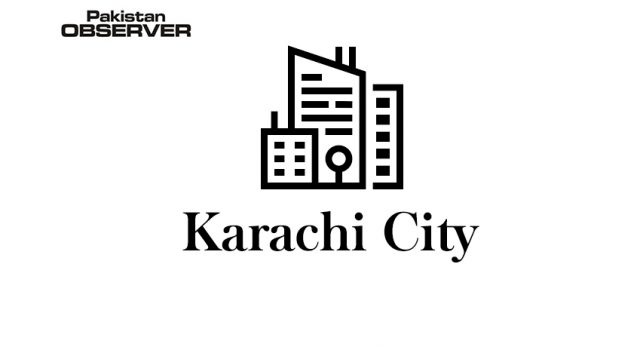The Ziauddin University here on Wednesday organized the fifth interactive series of ‘ZU Dialogues’, titled “The Power of #Hashtags: Navigating the Social Media landscape” to assess the impact of social media on the society.
The aim behind this online dialogue session was to get opinions and analysis of the experts about how strong a hashtag is, how much influence social media has on its users, the right and positive use of social media and how we can bring an optimistic change in our society by using social media.
Broadcast Journalist and Founder, Global Neighborhood for Media Innovation, Najia Ashar, said that social media trending create a community of voices to talk about specific topics while the hashtags brought communities together during the times of natural disasters, tragedies, and sufferings.
Social media help mobilizing communities, organize protest, raise their collective voices against the unquestioned authorities as big media houses were influenced by power corridors and they could not go against their financial interests, Najia opined.
The biggest hashtag after 2015 was #blacklifematters that was used more than 9 million times by the social media users, she said adding that Madarssa rape case, Mee too movement, Shahzaib murder case, Aurat March, motorway rape case would not have gotten that much attention if there were no social media so no doubt.
While talking about the General Data Protection Regulation (GDPR) Ms Ashar stressed on users to be mindful and don not allow social media apps to get you tracked.
Educate yourself about cookies, location, read terms and conditions, don’t give privilege to companies to decide what they can do with our data, she suggested.
Associate Professor and Principal, Ziauddin College of Media Sciences, Tehmina LodhI, elaborated psychological and physical effects of cyber bullying and informed that, around 13% of the teens reported being cyber bullied at least once in their life and that’s quite a high percentage. She said, “there is so much access to viral content, pornography.










